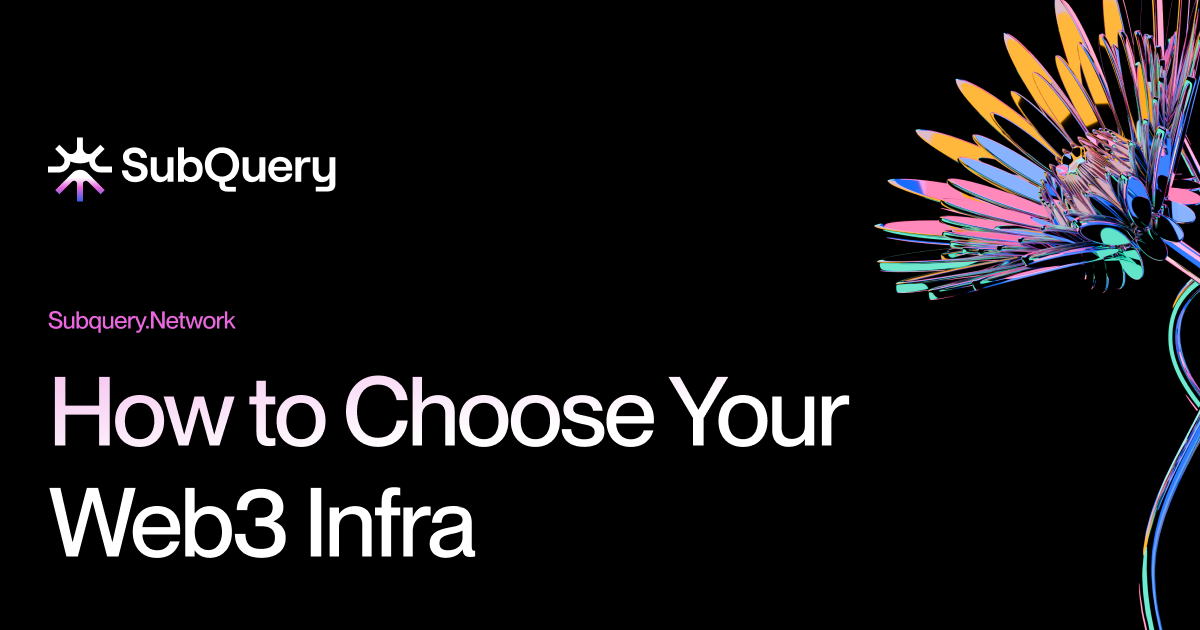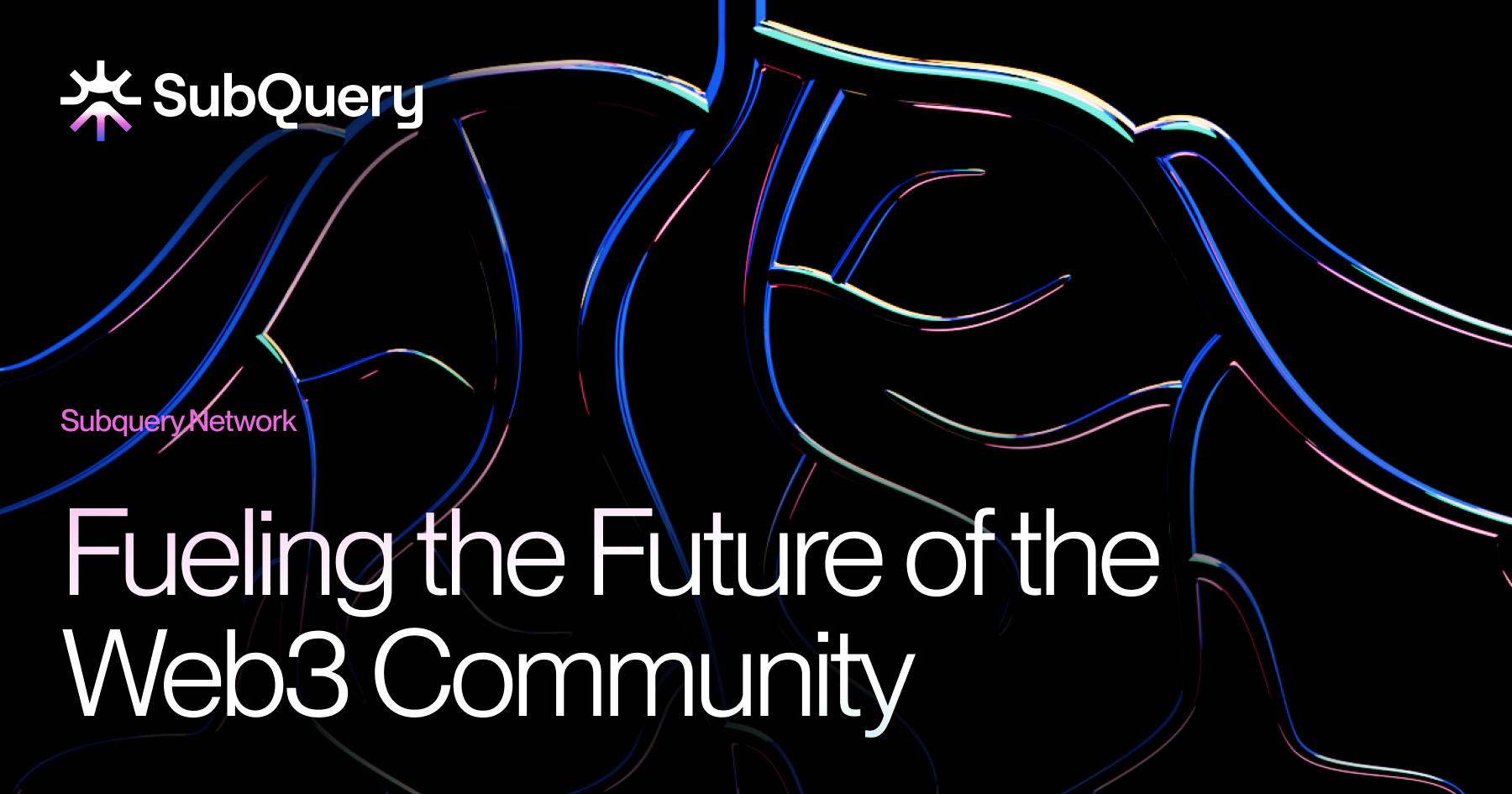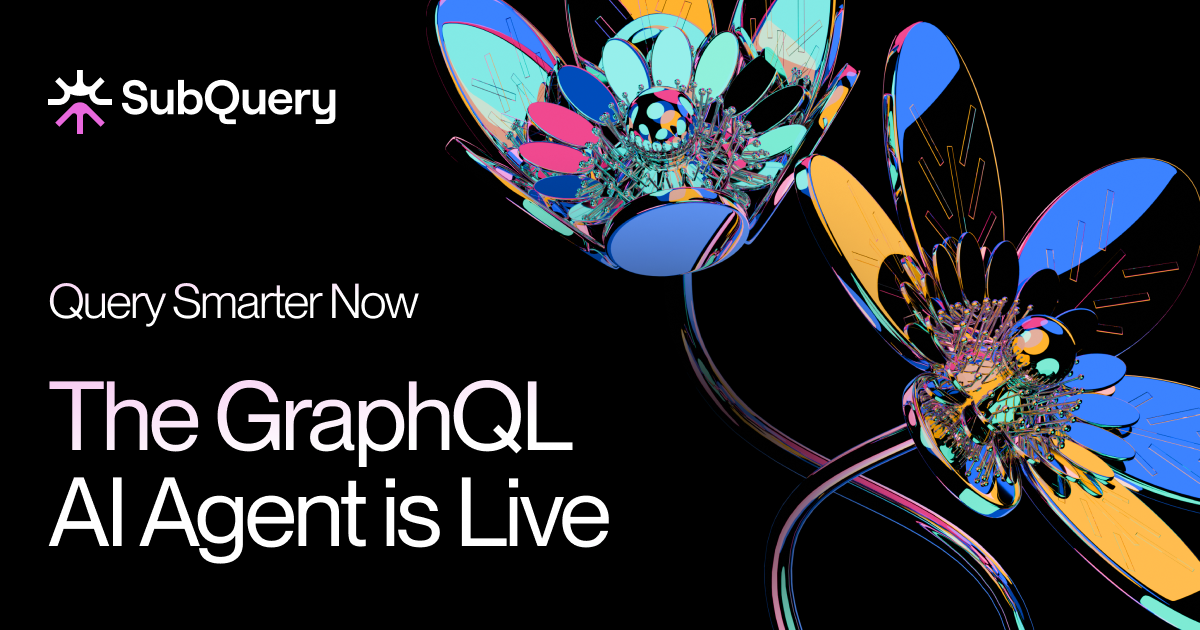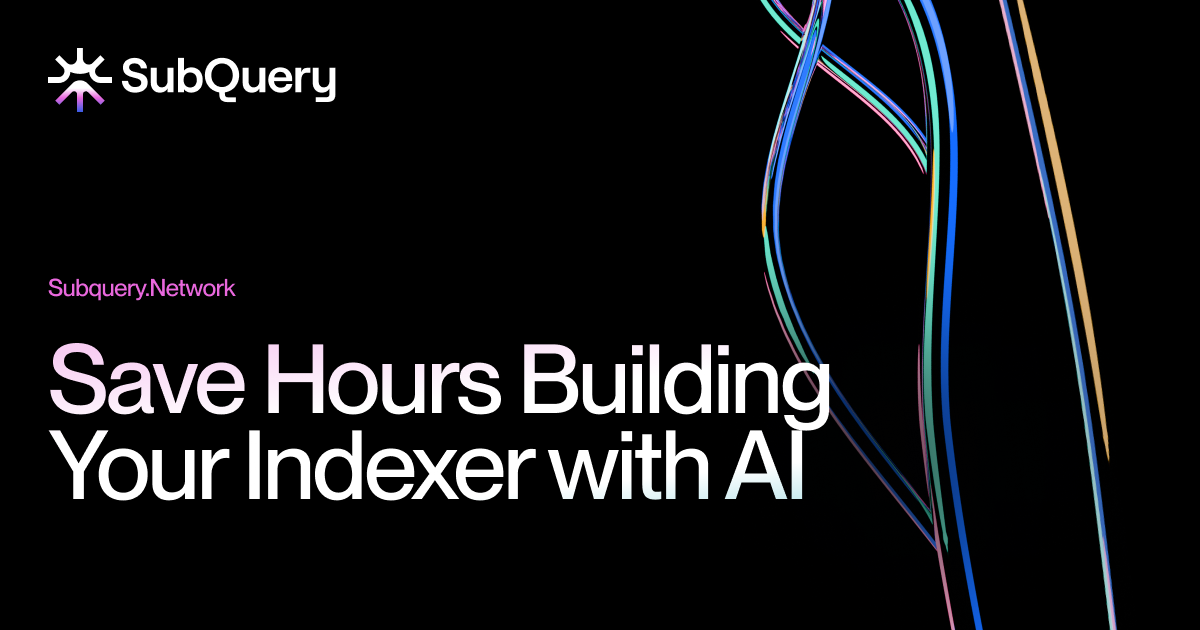Inside the Stack: How Web3 Companies Choose Their Tooling

Table of Contents
For Web3 companies, the right technology stack can be the difference between an innovative, scalable application and one that struggles to gain adoption. As blockchain technology evolves, so does the ecosystem of tools and services available to developers. This article explores the essential Web3 infrastructure components, highlights how AI-driven development is transforming Web3 tooling, and guides you through building a strong foundation for your decentralized application. From infrastructure providers to indexers, the choices made early on can determine speed, cost, and long-term success.
Understanding the Tooling of Web3 Companies
A Web3 stack refers to the collection of infrastructure, development tools, and services that power blockchain projects. Unlike traditional software stacks, Web3 applications must handle decentralised data, secure smart contract execution, and often operate across multiple networks.
The tooling a company selects directly impacts scalability, performance, and developer productivity. A survey from Electric Capital’s Developer Report highlights that teams with robust infrastructure and development tools onboard more contributors and ship features faster—clear evidence that smart tooling choices accelerate growth.
Essential Components of a Web3 Stack
- dApp UI (Presentation Layer)The user interface where users interact with your decentralized app. A clean, responsive UI is crucial for adoption and user experience.
- Blockchain Infra Providers (RPCs)These providers like Infura, Alchemy, and QuickNode supply reliable access to blockchain networks via RPC endpoints and node hosting, ensuring fast and stable connectivity.
- Data IndexersIndexers convert complex blockchain data into easy-to-query formats, powering features like real-time dashboards, NFT marketplaces, and DeFi analytics. Some services combine indexing with RPC infrastructure for streamlined management.
- Oracles and StorageOracles feed external data into smart contracts, while decentralized storage solutions securely store off-chain data. Together, they enable dynamic dApps that rely on real-world information and large datasets.
- Blockchain NetworkThe underlying blockchain (like Ethereum, Solana, or Polkadot) provides the decentralized ledger and smart contract environment where your dApp operates and transactions are recorded.
How to Build Your Web3 Infrastructure Stack
When building your stack, start with your core requirements: the blockchain networks you’ll support (e.g. Ethereum, Solana, Cosmos etc), your scalability goals, and your feature roadmap.
For network connectivity, choose an infrastructure provider that offers reliable RPC endpoints and node services. For data, select an indexer that supports your chosen networks and scales with demand. SubQuery, for example, provides both indexing services and performant RPC infrastructure across multiple blockchains, allowing teams to manage two critical parts of their stack from a single provider.
Pair this with a proven smart contract framework, a wallet integration library for user onboarding, and strong security monitoring. The right combination ensures you can scale without sacrificing performance or user experience.
Future Trends in Web3 Tooling
The next wave of tooling for Web3 companies is focusing on:
- Cross-chain Development – Tools that support multi-network applications by default.
- Modular Infrastructure – Swappable components that let blockchain projects adapt quickly to new protocols.
- AI-driven Development – Automated optimisation of smart contracts, query patterns and infrastructure scaling.
- Enhanced Privacy Features – Zero-knowledge proofs and privacy-preserving computation becoming standard.
AI-Driven Development in Web3
Artificial intelligence is increasingly shaping how Web3 companies build and maintain applications. From automating smart contract audits to generating indexer queries or building indexers from scratch, AI tools can reduce development time and minimise errors. Machine learning models can also enhance blockchain analytics, helping teams detect anomalies, forecast network demand, or personalise user experiences in Web3 applications. As AI-driven tooling matures, it’s likely to become a core part of the blockchain development workflow.
Common Questions About Web3 Companies
What is a Web3 company?
A Web3 company builds decentralized apps or services using blockchain to enable trustless, peer-to-peer interactions without intermediaries.
How to start a Web3 company?
Identify a blockchain use case, build a team, develop your product with smart contracts, choose a blockchain, and follow regulations.
Which is the biggest blockchain company?
Binance is the largest blockchain company, known for its global crypto exchange and blockchain ecosystem. Other major players include Coinbase, Ripple, and Consensys, all pivotal in advancing blockchain technology and Web3 adoption globally.
Final Thoughts
Choosing the right tooling is more than a technical decision—it’s a strategic investment in your Web3 company’s future. With the right mix of infrastructure, development tools, and indexing solutions, teams can build faster, scale more easily, and deliver better experiences to users.
Ready to explore the next generation of Web3 tooling?
Dive deeper into blockchain infrastructure, indexing, and RPC solutions in our related resources — or start building today with tools designed for speed and scalability. Learn more about SubQuery.
About SubQuery
SubQuery Network is innovating web3 infrastructure with tools that empower builders to decentralise without compromise. SubQuery’s infrastructure network offers both data indexers and RPCs — fully decentralised, production-ready, and designed for scale.
Our fast, flexible, and open data indexer supercharges thousands of dApps on nearly 300 networks. Through innovations like AI-assisted development via the SubQuery SDK and Model Context Protocol (MCP) integration, SubQuery is making it easier than ever to build, deploy, and maintain blockchain indexers. We’re not just a company — we’re a movement driving an inclusive and decentralised web3 era, together.
Linktree | Website | Discord | Telegram | Twitter | Blog | Medium | LinkedIn | YouTube
You might also like

Building for the Web3 Community: How SubQuery Empowers Developers

Introducing the SubQuery GraphQL Agent: Ask Your Blockchain Data Anything






